Climbing Vines and Mountain Wisdom
At an elevation of 760 meters in the mountainous region of Guanshan, Taitung, rows of three-meter-high concrete poles stand quietly along the hillside. Over 30 years, these poles have been completely cloaked in lush green vines. This is where Taiwan’s native aiyu plants thrive. The vines begin by slowly creeping along the ground and take four years to envelop a pole. Another four years later, they begin to bear fruit—a testament to the slow, symbiotic rhythm of mountain life. Aiyu (Ficus pumila var. awkeotsang), a climbing fig species endemic to Taiwan, grows best in mid-to-high altitudes between 800 and 1,200 meters. In the wild, it attaches to trees, forming cascading canopies as its branches spread outward.
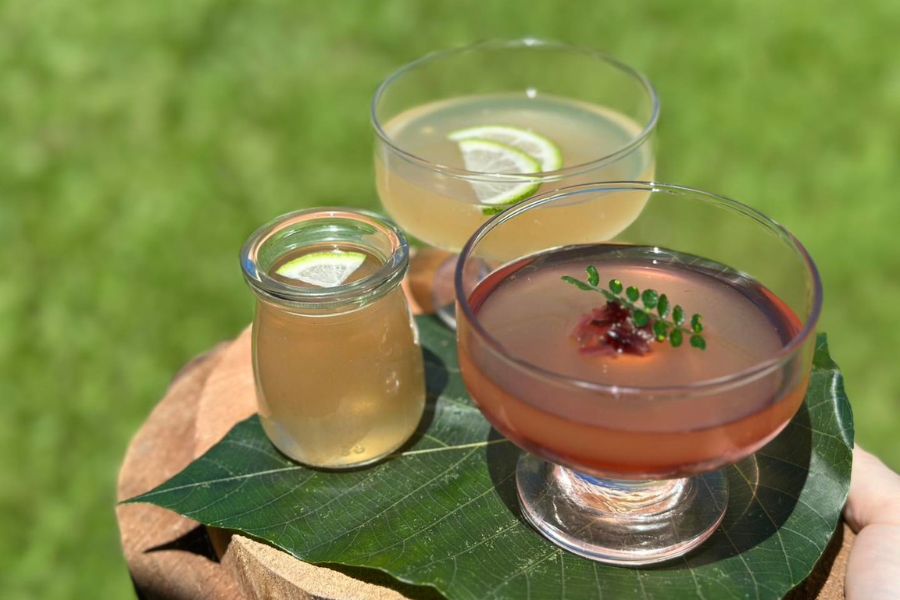
(Photo credit: ita Taiwan Indigenous Cultural Resort)
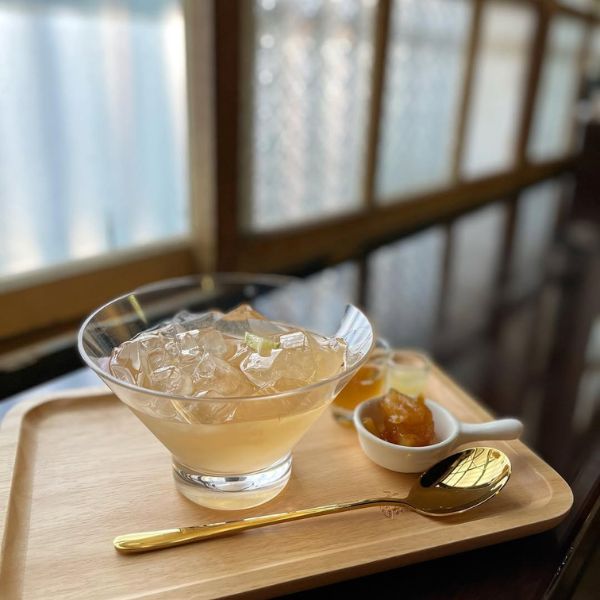
(Photo credit: @roxannechen_11)
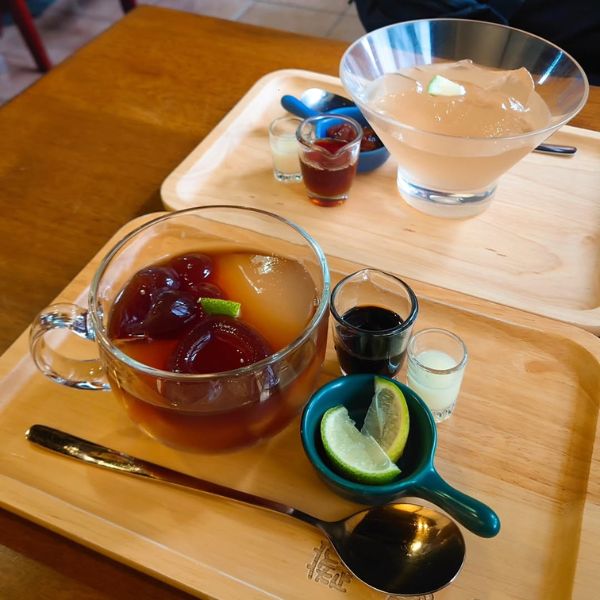
(Photo credit: @miwachin0425)

(Photo credit: ita Taiwan Indigenous Cultural Resort)
The Six-Month Cycle of Symbiosis
Aiyu plants are dioecious climbers, producing fruit twice a year, in summer and winter. It takes a full six months for the fruit to grow from the size of a pea to a fist. Pollination is made possible only by a unique wasp—just 0.2 cm long—whose entire existence revolves around this fruit. After emerging from the male fig, the female wasp carries pollen and seeks a female fig to lay her eggs. If successful, the fruit matures and produces rich polysaccharide gel when rubbed. Unpollinated fruit, however, becomes hollow and useless. The appearance of red leaves signals new fruit is nearby—an ecological marvel resulting from a half-year cycle of mountain collaboration.
Three Decades of Devotion: A Father-Daughter Legacy
In Guanshan, Taitung, one man has transformed this ecological wisdom into action. Wu Bo-cheng, now 83, brought his afforestation knowledge and relocated native aiyu plants from the Central Mountain Range to establish a massive plantation on Jiale Mountain. He personally handles every step—from hand-picking fruit and seed selection to drying and peeling—producing up to six tons annually. To beat the heat, harvesting teams begin at 4 or 5 a.m., working in pairs and making three round trips each day.
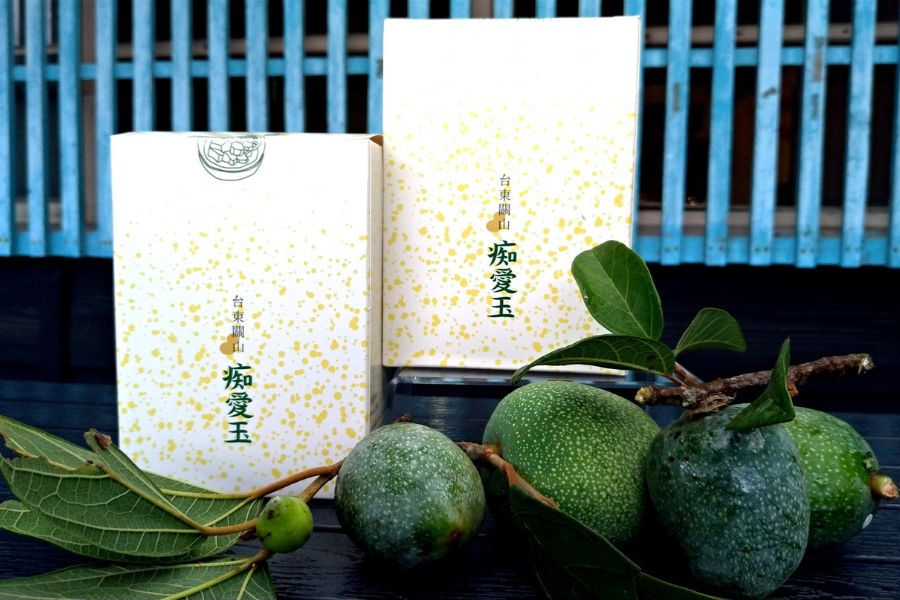
(Photo credit: Aiyu Passion)

(Photo credit: @miwachin0425)

(Photo credit: @yummyuniv)
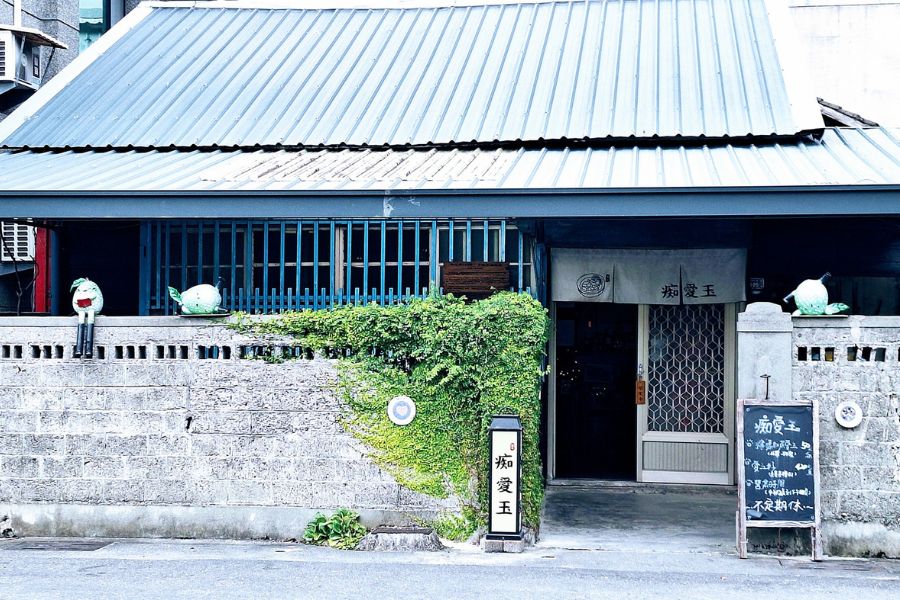
(Photo credit: Aiyu Passion)
Sweet Continuity of Terroir
Inspired by her father’s dedication, Wu Pei-zhen returned home and founded “Aiyu Passion” (痴愛玉) in a restored Japanese wooden house. She continues the tradition of hand-rubbing natural aiyu daily, infusing this family legacy with creative twists—offering not only the classic version but also pairings with Luye Assam black tea, Chulu fresh milk, and millet wine. The aiyu from Jiale Mountain has a pale yellow hue and a subtle jasmine fragrance, vastly different from the flavorless, translucent commercial kind. Through food education and thoughtful branding, each mountain-grown fruit forges bonds between families and communities, embedding terroir and time into daily culinary culture.
Now honored with two stars in the 2022 Taitung Slow Food Guide, “Aiyu Passion” has rightfully become a cultural landmark in Guanshan, ensuring future generations can savor the authentic aroma of the forest.




